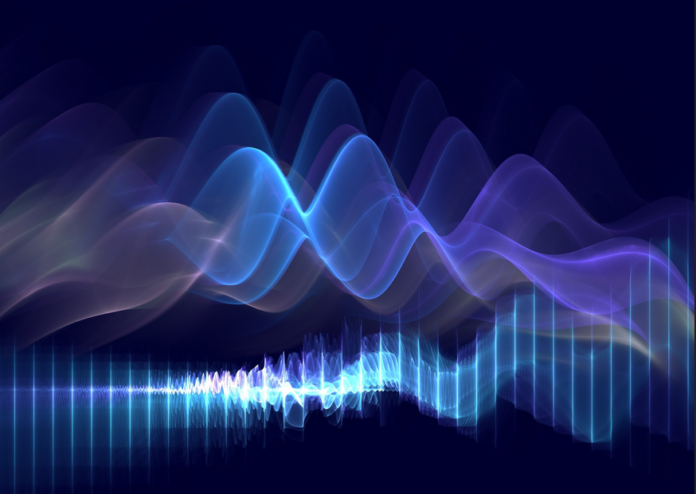Did you know that in many US airports, the Transportation Security Administration (TSA) uses a type of radio frequency radiation called millimeter wave imagining when they scan passengers?
We come into regular contact with radio frequency radiation in our daily lives and this can be a concern now that there are studies linking it to possible health risks.
What exactly is radio frequency radiation, however? Let us look closer at this type of radiation, its sources and dangers, and what we can do to mitigate its risks.
What Is Radio Frequency Radiation?
Radio frequency radiation, or RF radiation, is a type of electromagnetic radiation. In the electromagnetic spectrum, RF radiation falls on the low-energy end and it is a type of non-ionizing radiation.
Non-ionizing radiation refers to radiation that does not have enough energy to remove electrons from within an atom. Another type of non-ionizing radiation is visible light. Radio waves and microwaves are examples of radio frequency radiation.
RF radiation has frequencies that range from a few kilohertz up into the gigahertz range.
Sources of Radio Frequency Radiation
There are both natural and man-made sources of radio frequency radiation. Natural ones include the sun, lightning strikes, and even the earth itself, though most of its radiation is infrared.
The man-made sources of RF radiation include:
- Broadcasting radio and television signals
- Radar
- Smart meters
- WiFi
- Bluetooth devices
- Signals from cordless telephones, cell phones, cell phone towers, satellite phones, and 2-way radios
- Millimeter wave scanners
People who maintain antenna towers that broadcast signals and people who use radars on a regular basis are exposed to high levels of radio frequency radiation. The rest of us still come into contact with RF radiation every day because of radio and television, cell phones, and even WiFi.
Dangers of Radio Frequency Radiation
High levels of exposure to RF radiation can heat biological tissue and potentially cause tissue damage. Even at a low level, there is still enough risk for the World Health Organization and the International Agency for Research of Cancer to have classified it as possibly carcinogenic to humans.
Mitigating Its Hazards
Although completely avoiding radio frequency radiation is almost impossible these days, there are things you can do to minimize your exposure to it.
You can limit the time you spend around appliances and even your cell phone. If you choose to use 5G, either in your personal or your business life, ensure that you know the latest 5G safety guidelines. When using your cell phone, use headphones or speakerphone to put more distance between you and the phone.
You want to place wireless routers away from where people spend most of their time, as well.
Inform Yourself
By knowing what radio frequency radiation is and how you can protect yourself from it, you are making your daily life a bit safer. Learn more about how technology and how it can affect us by checking out our Technology page!










